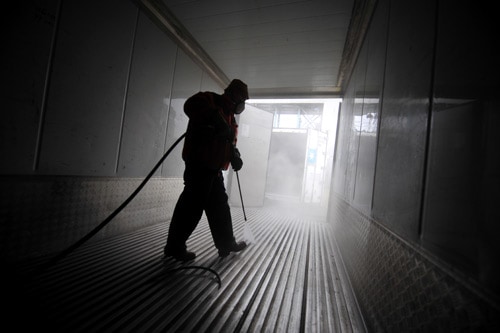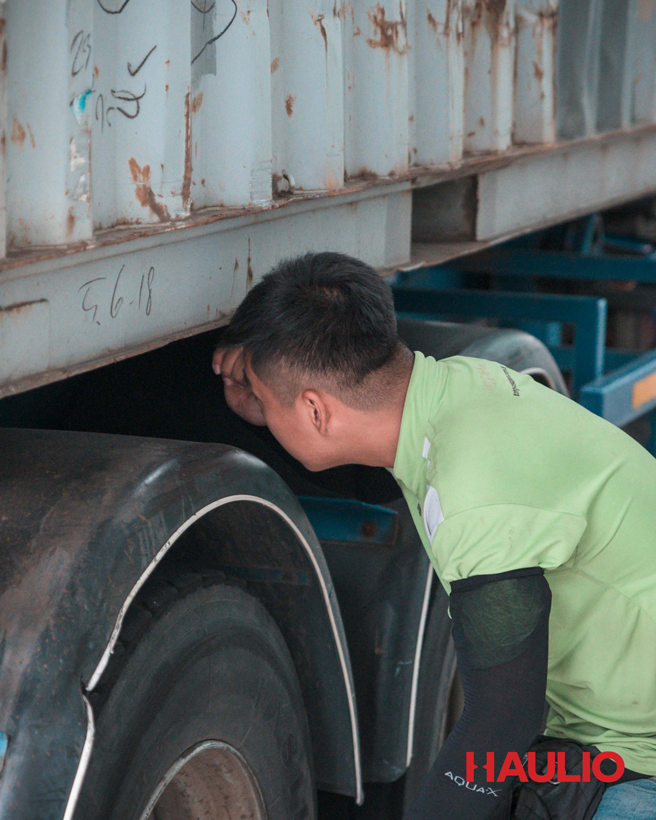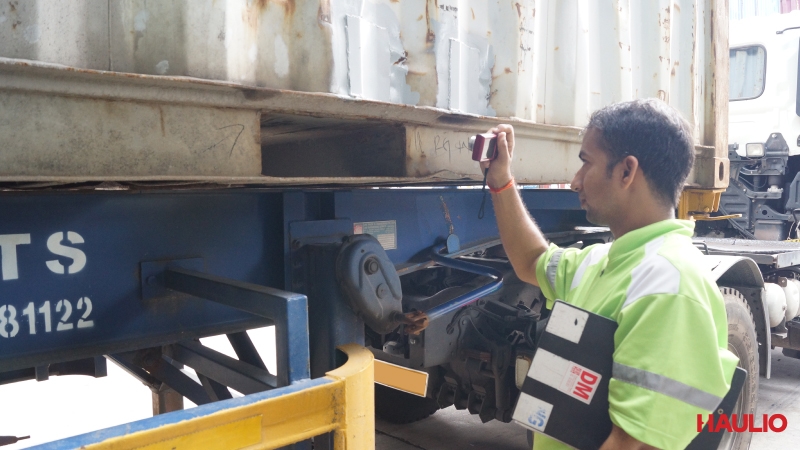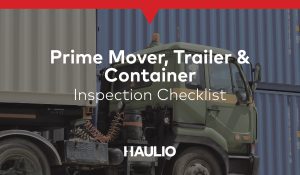Container Washing/Cleaning and Damage Charges
What are container washing/cleaning and damage charges, and who should be responsible for them? Read on to learn more!
What are Container Cleaning/Washing and Damage Charges?

During import, after the container is unstuffed at the warehouse, the empty container will need to be trucked to a container depot for storage until it is used for export purposes again.
At the depot, container inspection will be carried out by surveyors. For containers that are dirty, a washing fee will be charged by the depot to clean the container before it is stored. Likewise, for damaged containers, payment has to be made for repairs by the depot, to maintain the safety and structural integrity of the container.
When cleaning/washing and damage charges are incurred, the surveyors would capture photographic evidence of the damages. Payment for washing or damage charges are usually first made in cash by the driver on behalf of their customer, as the depot will not accept the container unless payment has been made. Drivers/Hauliers will then submit the claim to their customers for refund of these charges.
Who should pay for Container Cleaning/Washing and Damage Charges?
Generally, either the owner of the container or the user of the container will need to pay for the damages, after the necessary evidence has been collected.
If a container is found to be damaged, both parties can conduct a joint survey with two surveyors representing each side or one surveyor, whom they both agree on. The charges are then paid based on the result of the survey.
However, each case of container damage can be different, and solutions are given on a case-by-case basis. These disputes can last anywhere between 2 days to weeks based on the intensity of the dispute.
Roles and Responsibility
Containers are handled by multiple parties during its journey. In general, all parties involved should ensure that the flow of information is transmitted to parties identified in the transport contract along the supply chain.
It is thus important to note the different parties involved and their responsibility accordingly:
Carriers
By accepting a booking, it is the carrier’s obligation to provide containers that:
- Are fit for suitable (“fit for purpose”) for shipment of the goods to be transported
- Comply with international structural integrity requirements
- Comply with international or national safety regulations
- Are clean, free of cargo residues, noxious materials, plants, plant products and visible pests.
In principle, there should be no questions related to the agreed quality.
Generally, shipping lines should not charge the merchant for unreasonable wear and tear work that are inherent of a normal container transport.
Container Depots

Carriers often appoint different depots in each country of origin to store their containers. It is the responsibility of the depot to ensure that the containers are suitable for use. Depots thus act on behalf of the carriers to inspect the container’s conditions, and repair or wash it accordingly.
Prior to empty release, depots should help to ensure and verify that the container is fit for purpose.
Hauliers and Drivers
As much as possible, drivers should help to verify the quality of the empty container provided by the container depot for export.
As hauliers and their drivers are responsible for the containers during their transportation, it would also be their responsibility to practice safe driving practices to ensure safe transportation of the container.
Merchants
For export, it is up to the merchant to verify that an empty container provided by the shipping line is suitable for the goods to be transported as described in the related booking.
Consignees at Destination
For import, after unloading and prior to returning of the empty container, the consignee or its appointed agent has the responsibility to clean the interior of the container to remove all traces of the cargo (especially loose powders, grains and noxious materials and fumigants), unless otherwise agreed with the shipping line.
More specifically, the container should be returned in the same state that it was delivered – completely empty and clean. For open top containers, it should be returned with tarpaulins, roof bows and lanyards correctly fitted.
When it comes to the cleanliness of the empty container, if additional cleaning beyond a thorough sweep of the container is required, the consignee should:
- Wash the interior of the container using a low pressure hose and a scrubbing brush (if required);
- Remove contamination using a suitable additive or detergent;
- Power wash internal faces using a medium pressure washing device;
- Scrape areas of contamination;
- Take care not to damage the paint work, or flooring.
Merchants & Consignees: How do I protect myself from damage not caused by me?
To protect yourself from paying for washing/cleaning and/or damage charges not caused by you, it is recommended for you to take photos of the container’s condition (interior and exterior) before and after stuffing and unstuffing. So, should any issue arise, you can justify to the carrier that the container already presented the damage prior to your usage.

How long should I keep the photos of my containers?
As a rule of thumb:
- For export containers, you should keep these photos until the cargo has safely reached the destination and is received by the consignee.
- For import containers, you should keep these photos until the cargo has been safely returned to the depot.
When handling your containers, ensure that it is done safely and properly, and maintain the general cleanliness of your containers before handing it over to the next party.
Merchants & Consignees: How do I seek for a refund if the damages are not caused by me?
As a rule of thumb, the steps to seek refunds are as follows:
- First, obtain a copy of the receipt for the washing or damage charges from your haulier.
- Forward this copy of the receipt to your respective booking agent (the party who made the booking with the carrier for the container) to request for a refund.
- If you have any other support documents such as photos before or after stuffing or unstuffing at your warehouse, do attach them to supplement your claim.
Need Trucking Services?
Haulio provides FCL trucking services – get in touch with us for your import and export container trucking needs!
References:






